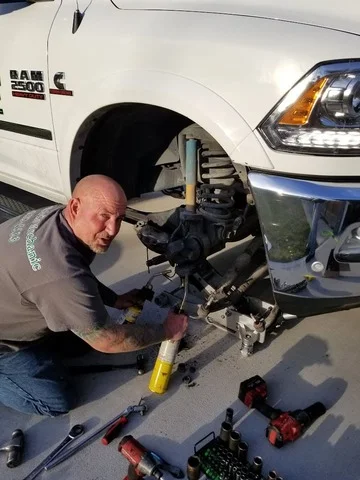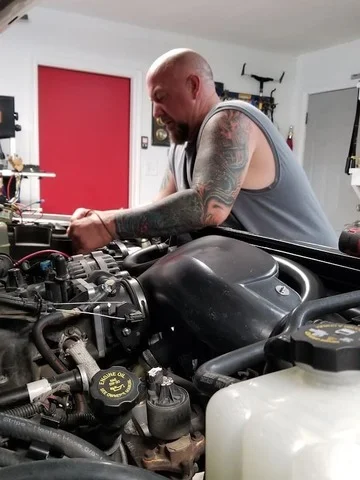Timing Belts
Automotive timing belts are an integral part of the engine's combustion cycle. They are used to synchronize the rotation of the crankshaft and camshaft, allowing the engine's valves to open and close at the right time. This synchronization ensures that the combustion cycle occurs at the right moment, allowing the engine to run smoothly and efficiently.
Most timing belts are made of a rubber compound reinforced with durable materials such as fiberglass or Kevlar. They are designed to last for a specific number of miles or years before they need to be replaced. Typically, timing belts must be replaced after 60,000 to 100,000 miles, depending on the make and model of the vehicle.
If a timing belt breaks or slips out of alignment, the result can be catastrophic engine damage. It is important to have the timing belt checked and replaced on schedule to ensure the continued smooth and efficient operation of the vehicle. Regular maintenance and inspection of the timing belt can save vehicle owners from expensive engine repairs later on.






